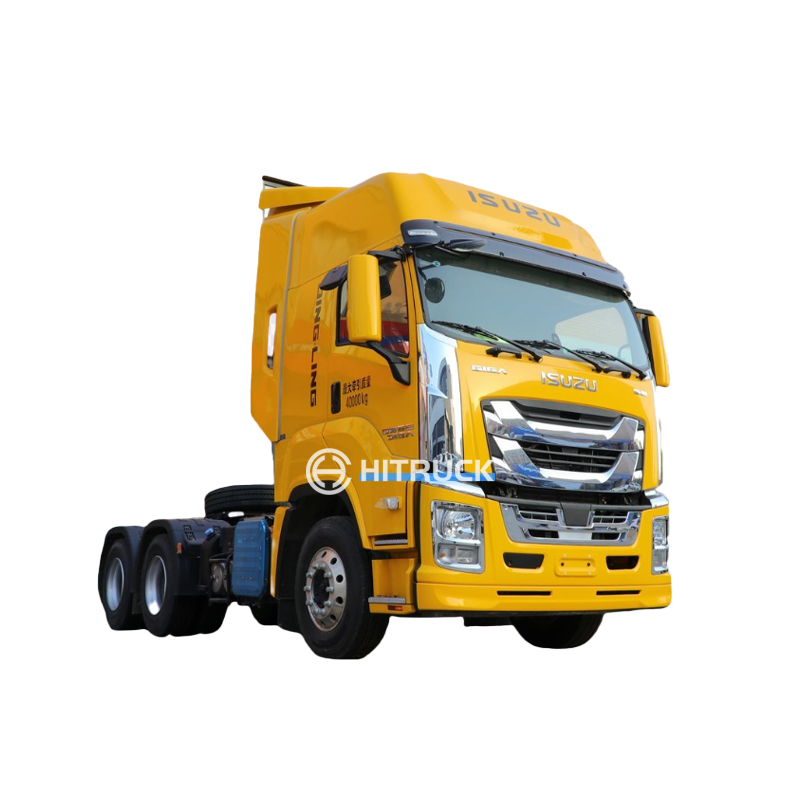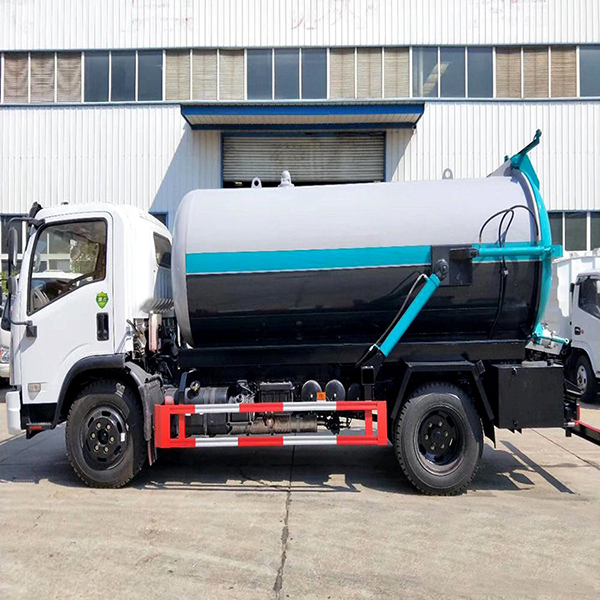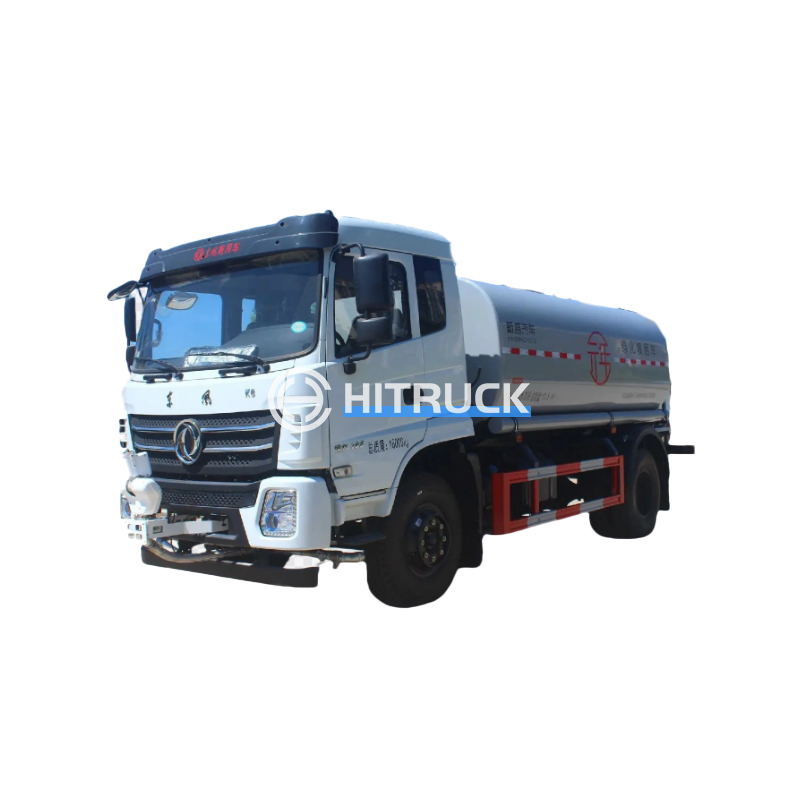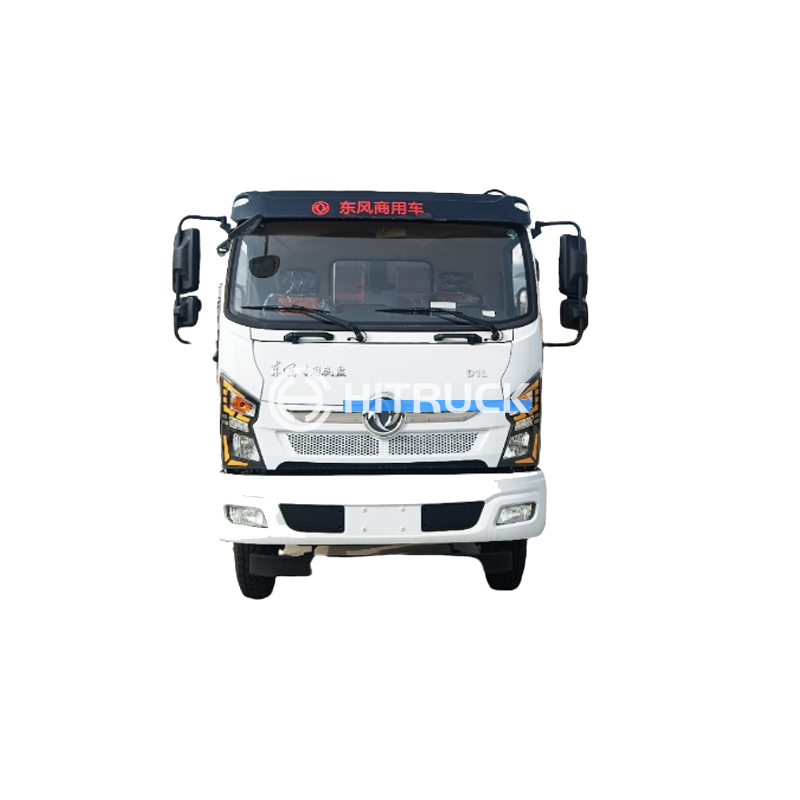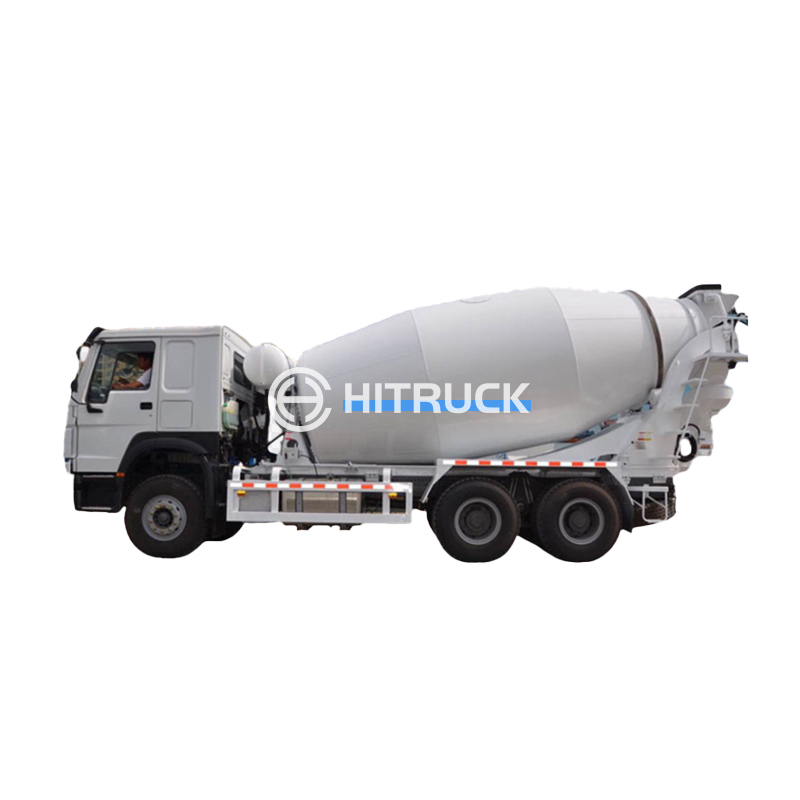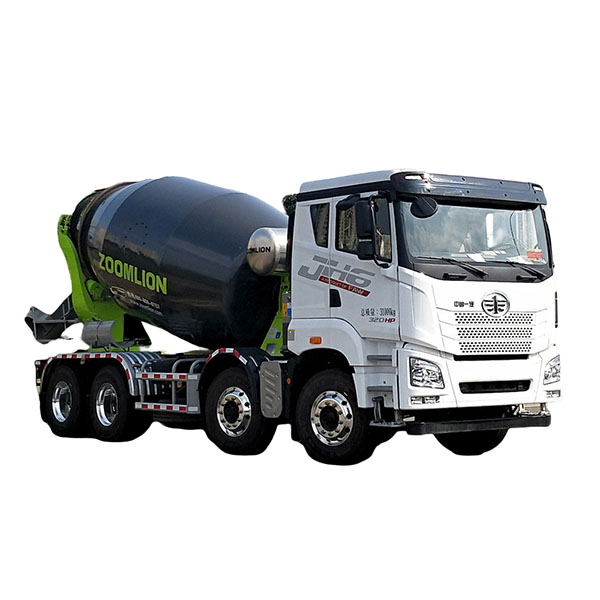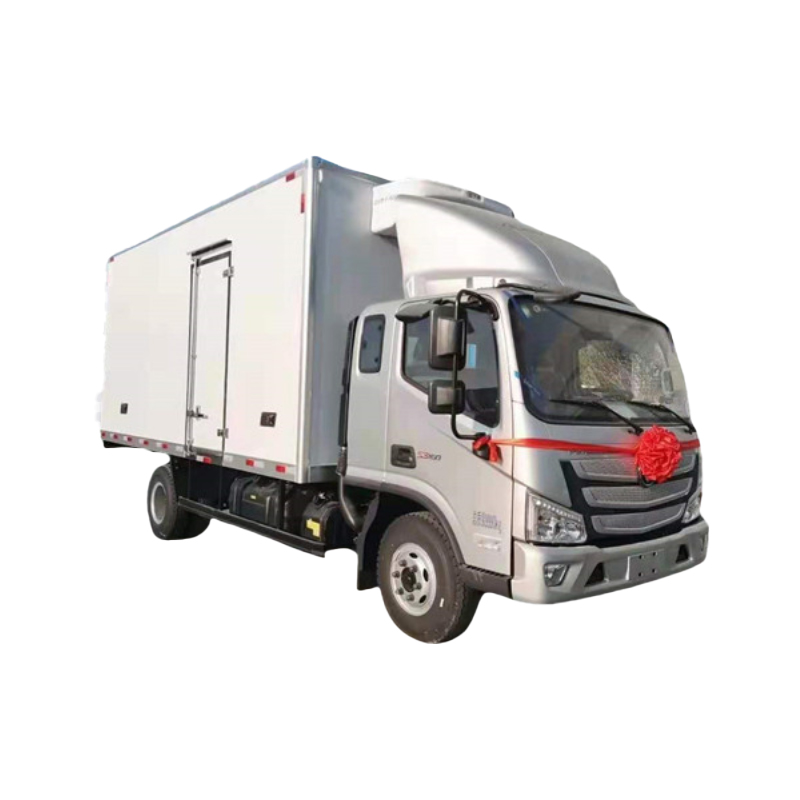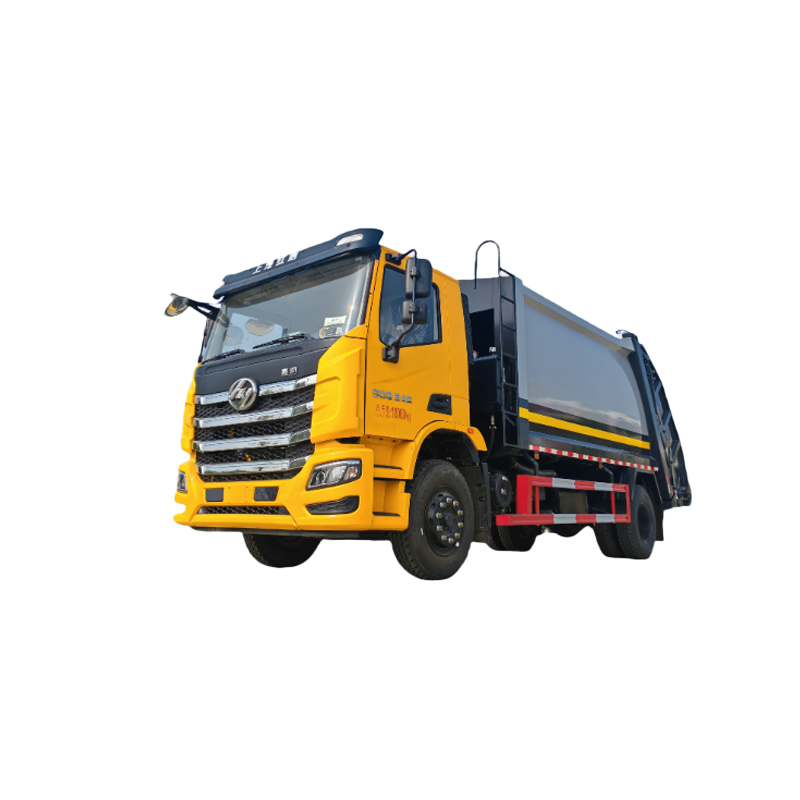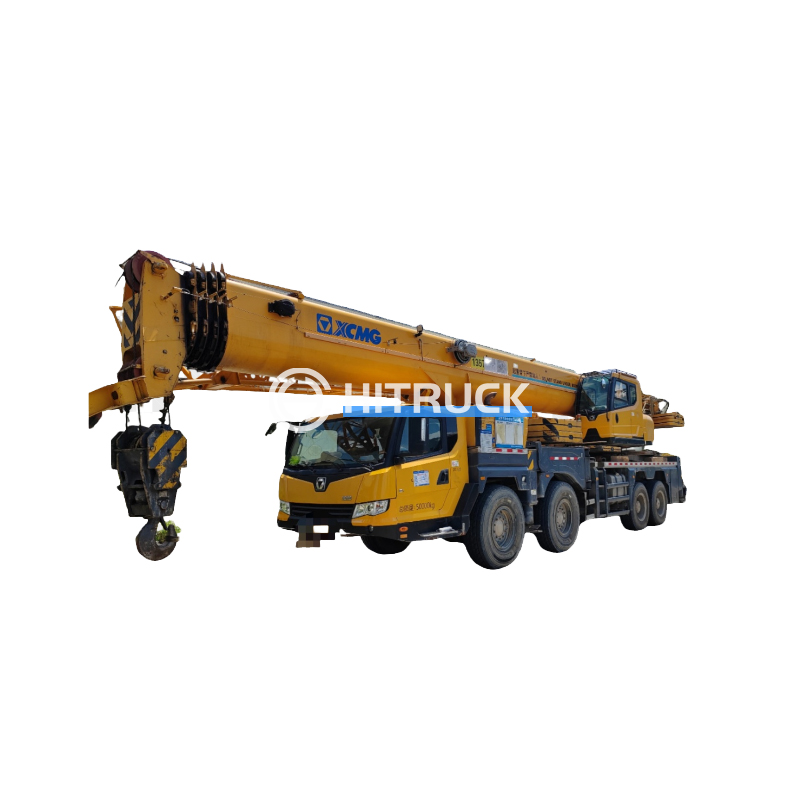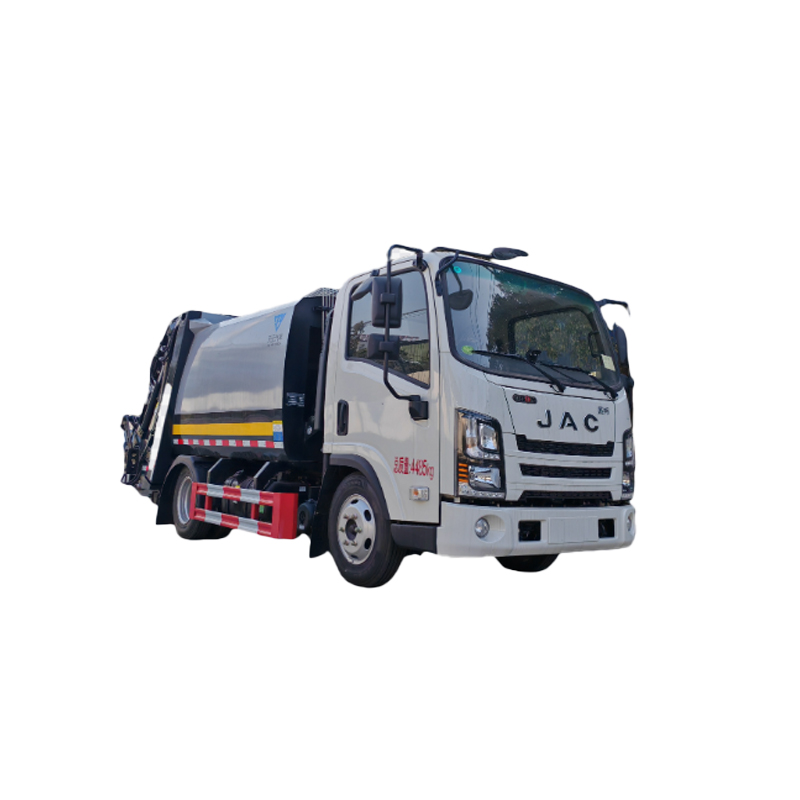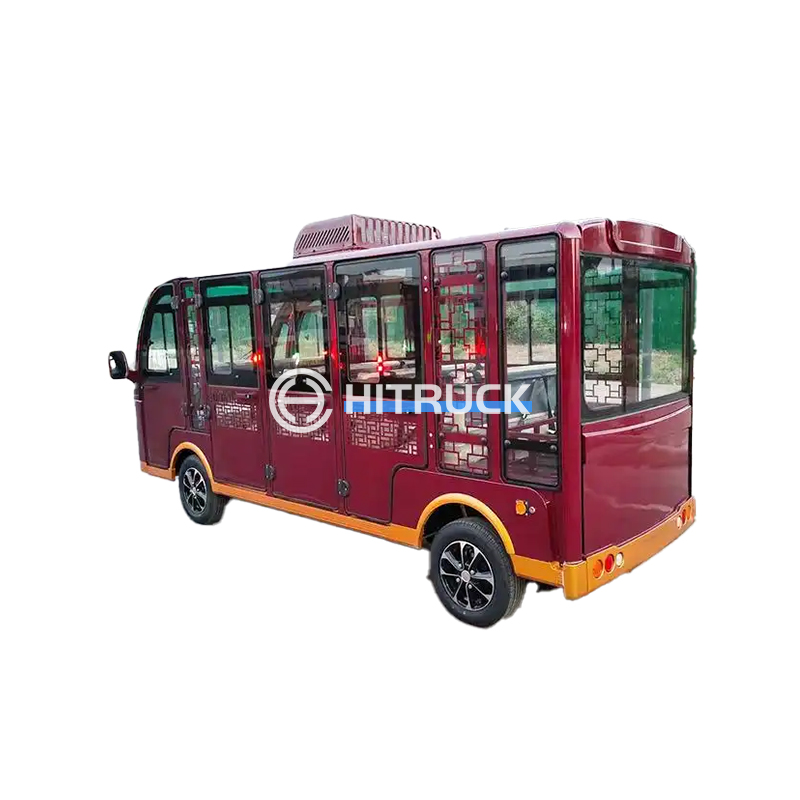This guide provides a detailed overview of mini tower cranes, covering their types, applications, advantages, disadvantages, and key considerations for selection and operation. We'll explore factors influencing their suitability for various projects, helping you make informed decisions. Learn about safety regulations and best practices to ensure efficient and secure use. Discover how mini tower cranes can enhance your construction projects.
Self-erecting mini tower cranes are designed for easy and rapid assembly and disassembly. Their compact design makes them ideal for smaller construction sites with limited space. These cranes are often favored for their portability and ease of transport. Several manufacturers offer models with varying lifting capacities and jib lengths, catering to a range of project needs. They are often used in residential construction and smaller commercial projects.
Top-slewing mini tower cranes offer greater flexibility and reach compared to self-erecting models. The slewing mechanism is located at the top of the crane, allowing for 360-degree rotation. This design facilitates efficient material handling in confined spaces, particularly useful in urban settings. When considering a top-slewing crane, it's essential to assess the required lifting capacity and reach to match project demands. We recommend checking manufacturer specifications to ensure a perfect fit for your specific project. For example, consider the Hitruckmall range for a variety of options.
Compact mini tower cranes prioritize minimal footprint, making them suitable for densely populated areas or sites with restricted access. Their small size does not compromise on safety or performance; they are designed to meet stringent safety standards and offer reliable lifting solutions for various construction tasks. Their compact size is beneficial for projects where space is premium.
Selecting the right mini tower crane depends on various factors:
| Factor | Description |
|---|---|
| Lifting Capacity | Determine the maximum weight the crane needs to lift. |
| Jib Length | Consider the horizontal reach required for your project. |
| Height Under Hook | The maximum vertical reach. |
| Working Radius | The area the crane can effectively operate within. |
| Site Conditions | Assess ground stability and access limitations. |
Table data is generalized and should be verified with specific crane specifications from manufacturers.
Operating a mini tower crane requires adherence to strict safety regulations. Regular inspections, operator training, and the use of appropriate safety equipment are crucial for preventing accidents. Consult your local building codes and regulations for specific requirements.
Mini tower cranes offer efficient and versatile lifting solutions for a wide range of construction projects. Careful consideration of the factors discussed above will ensure the selection of a suitable crane and safe operation, maximizing productivity and minimizing risks. Remember to always prioritize safety and comply with all relevant regulations.

